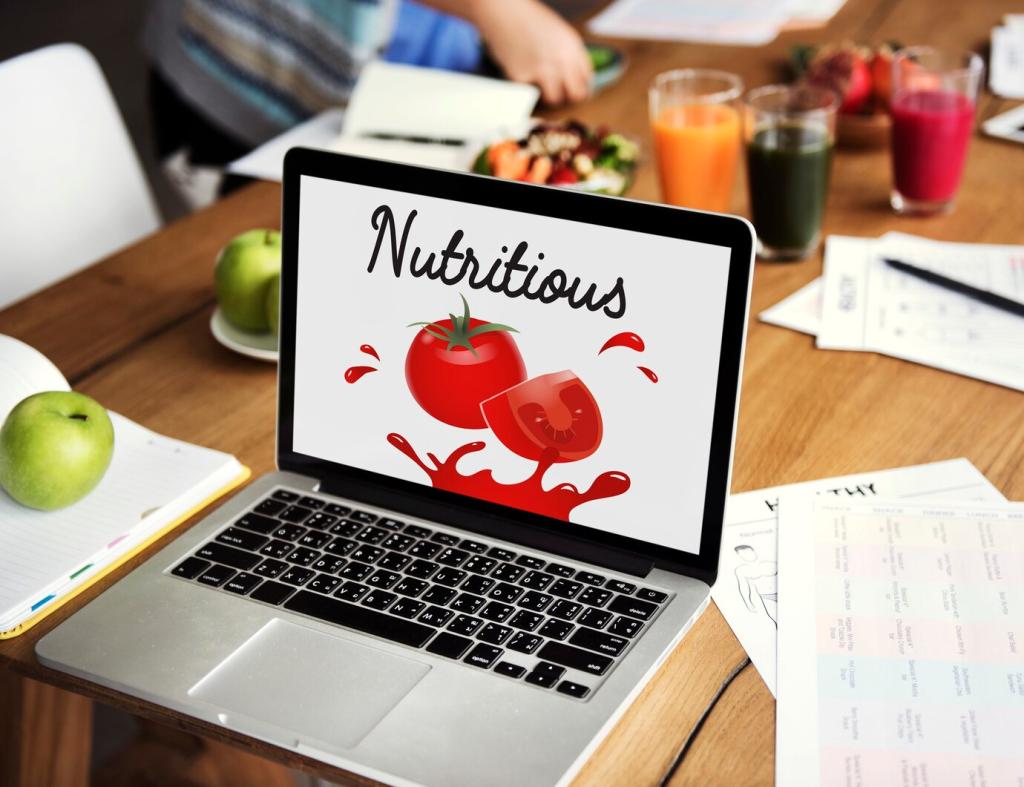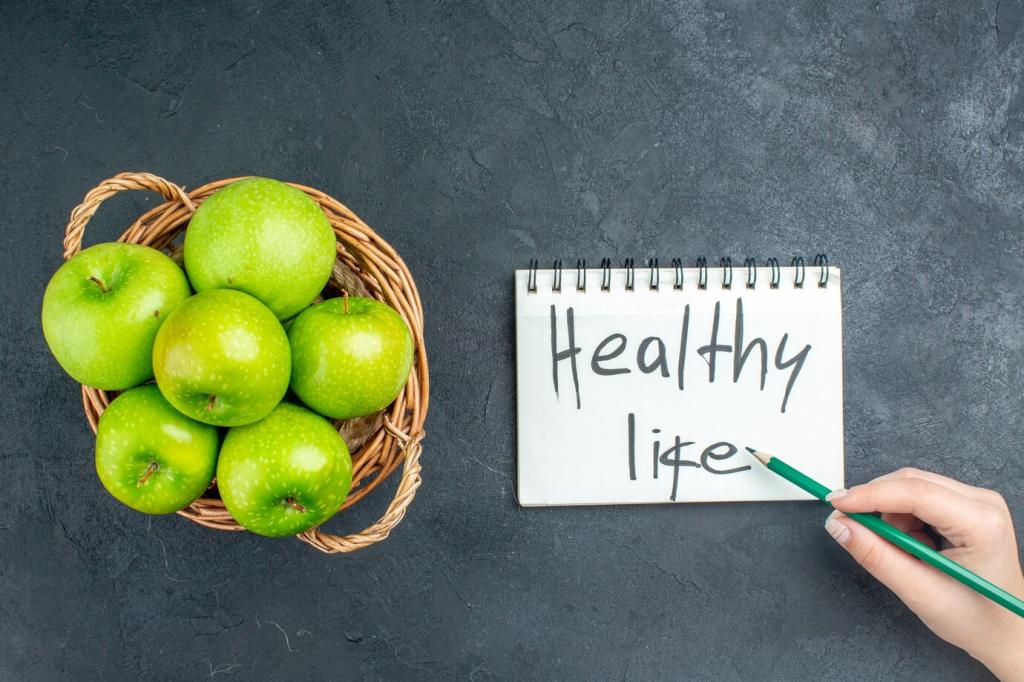Today’s chosen theme: Portion Control Strategies. Discover friendly, practical ways to enjoy your favorite foods without guesswork or guilt—just smart portions, steady energy, and a happier relationship with meals.
Portion Control 101: The Why Behind the How
Serving Size vs. Portion Size
A serving is a standardized measure on labels; a portion is what you decide to eat. Knowing the difference helps you personalize meals without losing control, especially when hunger or emotions rise.
Energy Balance Made Simple
Portion control supports energy balance by aligning intake with needs. Smaller, well-composed portions keep blood sugar steadier, reduce afternoon crashes, and prevent the slow creep of unintentional overeating over time.
The Plate That Teaches You
Using portions to balance protein, fiber-rich carbohydrates, and healthy fats turns every plate into a quiet coach. Over time you recognize what truly satisfies you, not just what looks abundant.
Visual Cues That Work: Plates, Bowls, and the Delboeuf Illusion
Smaller Plates, Bigger Satisfaction
Research shows larger plates encourage larger servings. Swap to a slightly smaller plate, fill it thoughtfully, and you’ll see a full-looking meal that satisfies both your eyes and your appetite.
Portion-Friendly Bowls and Glasses
Deep bowls hide how much you’re eating; tall, narrow glasses help you pour less. Choose tableware that nudges you toward right-sized servings while still feeling generous and comforting.
Half-Plate Vegetables, Quarter Protein, Quarter Grains
This classic visual guide supports portion control effortlessly. Colorful vegetables add volume, lean protein keeps you full, and whole grains provide steady energy without overwhelming your plate.
Snack Smarter: Right-Sized Bites That Truly Satisfy
Instead of eating from the bag, serve a measured amount into a bowl. It’s a tiny ritual that prevents mindless handfuls and turns snacking into a calm, intentional moment.

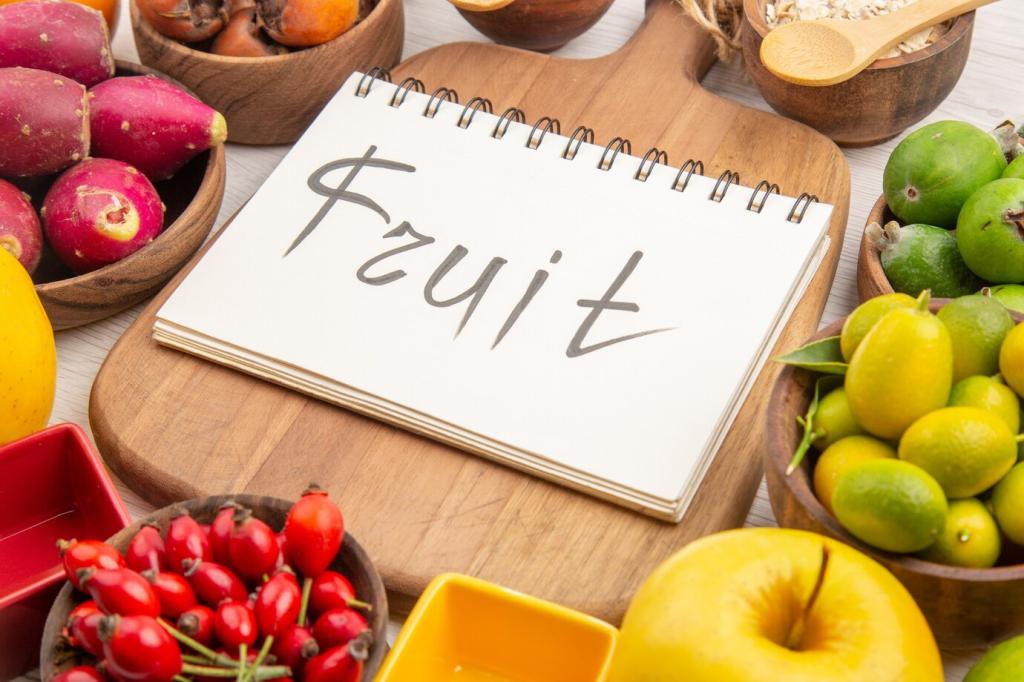
Snack Smarter: Right-Sized Bites That Truly Satisfy
Pair Greek yogurt with berries, hummus with carrots, or nuts with an apple. This protein-and-fiber combo improves satiety, making smaller portions feel surprisingly complete and long lasting.

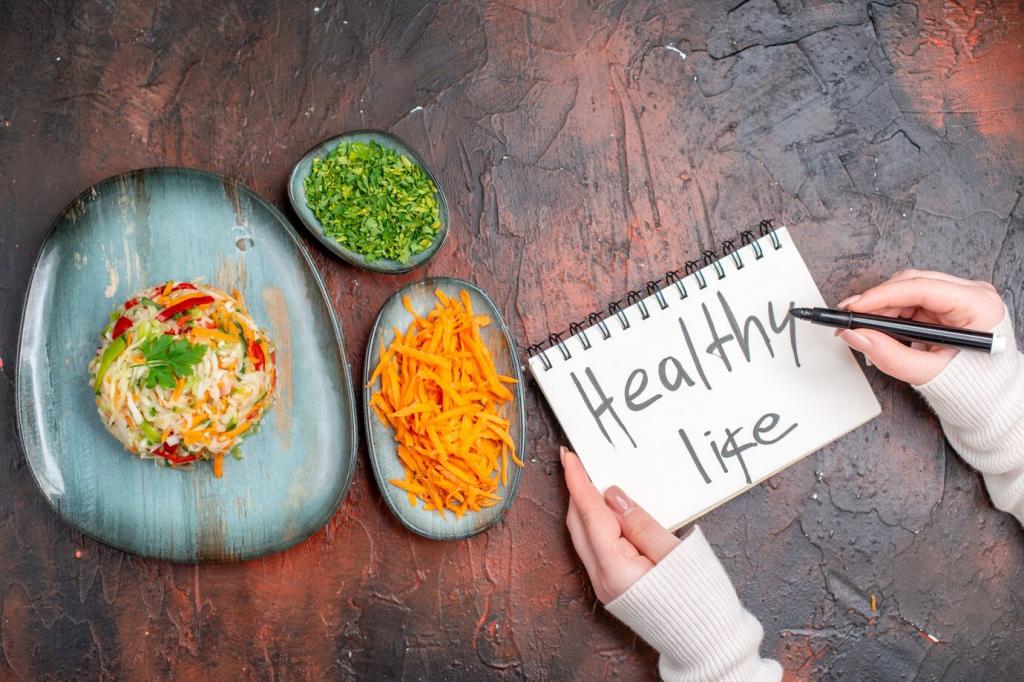


Containers, Scales, and Labels: Tools That Teach Your Eyes
Weigh a few typical foods for a week to learn what portions look like. Once your eyes are trained, you can portion confidently without constant measuring or fuss.
Mindful Eating: Listen to Hunger, Pause for Fullness
Your body needs time to register fullness. Eat slowly, put the fork down between bites, and check in halfway. Portions feel larger when your brain can catch up.
Mindful Eating: Listen to Hunger, Pause for Fullness
Rate hunger before and during meals on a simple scale. Aim to start around gently hungry and finish pleasantly satisfied, not stuffed. Let this guide your portion adjustments.
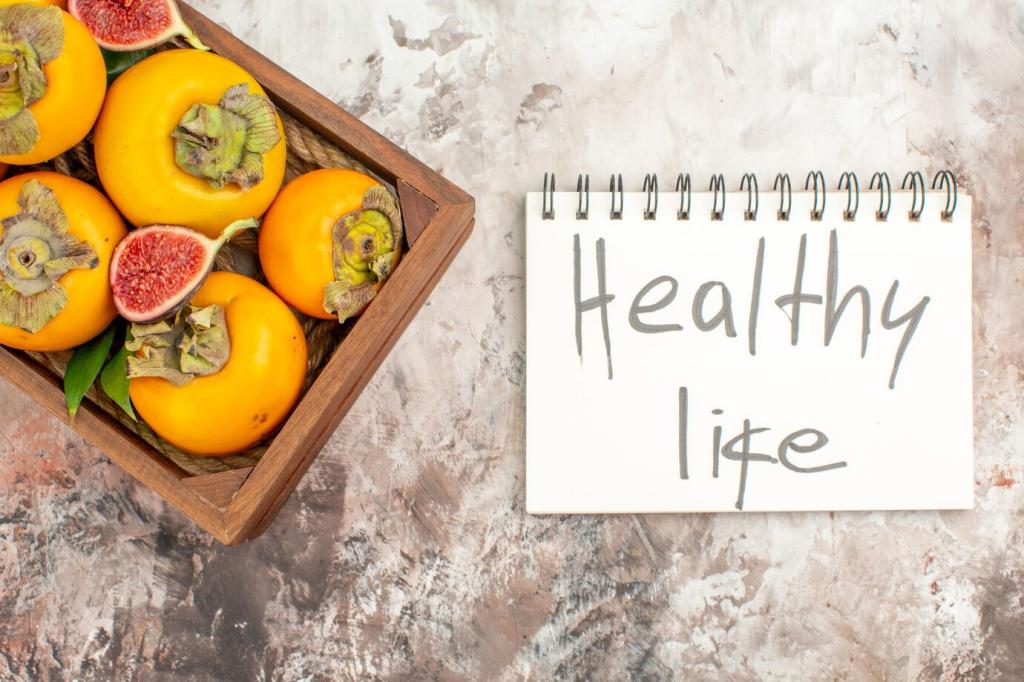
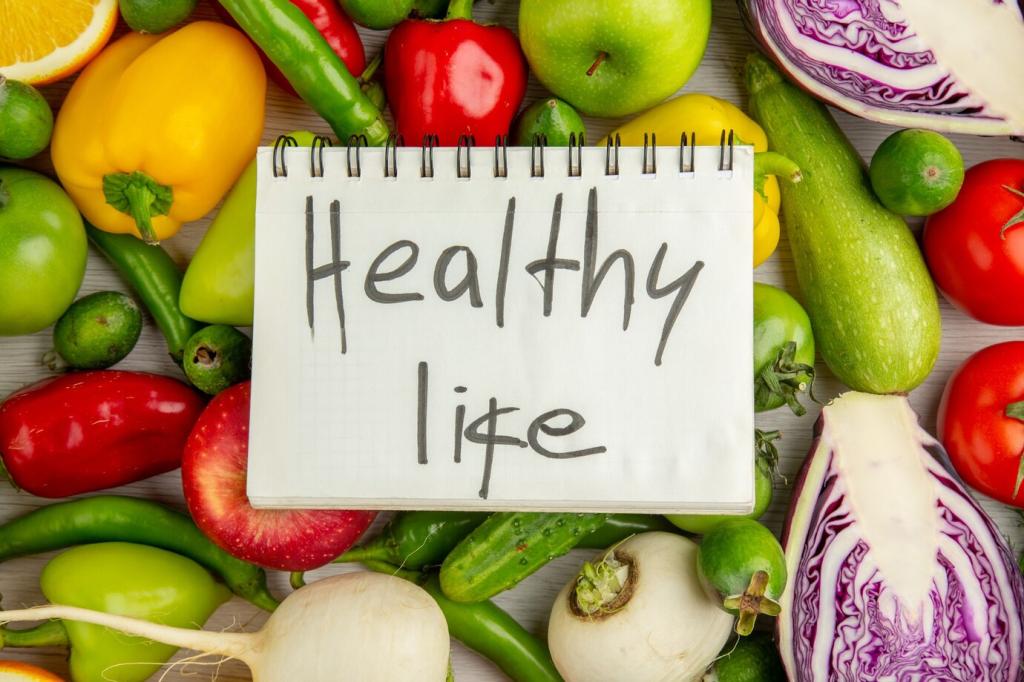
A Runner Who Halved Her Breakfast Bagel
Maya loved her pre-run bagel. By enjoying half with eggs and berries, she ran lighter, felt steady energy, and never missed the second half after a week.
Family-Style Dinners, Individual Plates
Jorge moved the main dishes off the table and plated in the kitchen. He savored conversation, went back only if still hungry, and stopped finishing others’ leftovers by habit.
